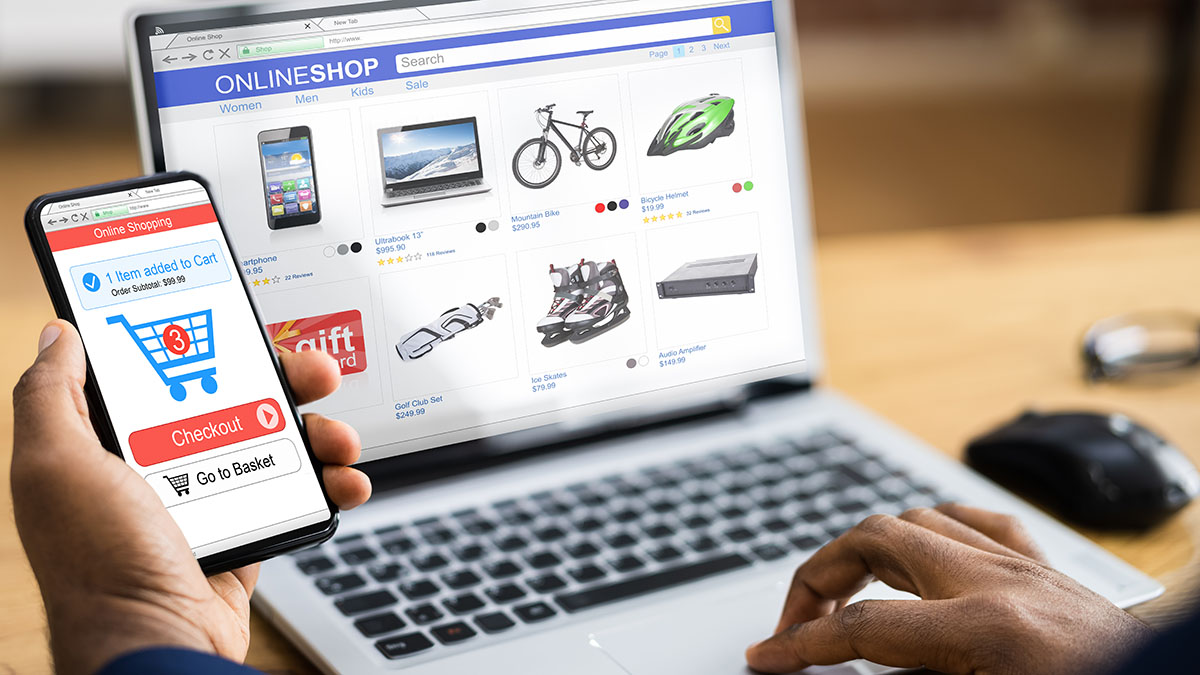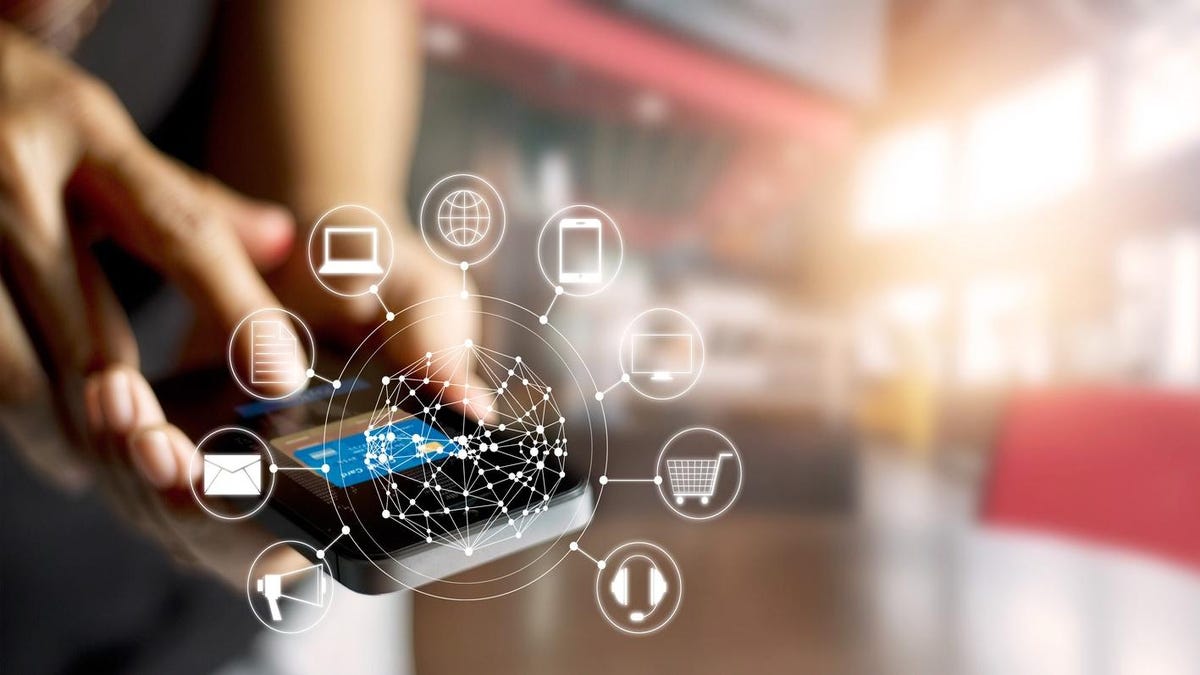The world of online shopping is about to undergo a transformation due to experiential eCommerce

The world of online shopping is about to undergo a transformation due to experiential eCommerce
In the next ten years, shopping will change more than it has in the last 100 years. Shopping will become more immersive and personalized than ever thanks to developments in technology like machine learning, data analytics, artificial intelligence, virtual reality, augmented reality, and blockchain.
Today’s online buying is far from ideal because there are so many untapped potentials. For instance, if you want to purchase a dress or shirt online but are unable to try it on first, you may wind up purchasing many sizes before finding the one that fits you the best. Another example would be buying a mobile phone in a specific colour and specification.
The e-commerce infrastructure is forced to deal with a nightmare of returns as a result. Recently, the ideas of metaverse and NFTs have swept the art world. However, we are still unaware of the beautiful utility that is now being developed to make online shopping much more engaging and similar to a genuine shopping experience. Stakeholder sectors in the e-commerce ecosystem are devoting billions of dollars to finding a solution to the problems at hand. There could be just one in a metaverse using blockchain technology.
Metaverse Virtual Experiential Store

A virtual store is a 3D representation of a physical store, similar to entering a role-playing game like Fortnite, where you take on the character of an avatar and finish objectives assigned to you by the game. Only in this instance does the 3D environment belong to a company whose digital product displays resemble their physical storefronts in real life.
The brand receives the following: There are no geographical restrictions, and everyone may access the site. The capacity to sell, launch, test before a launch, and do other things in digital format without first producing a physical product. Using AI-enabled data, create a personalized and engaging customer experience for each person that enters the business. Additionally, gather real-time, unchangeable data and user comments.
What awaits consumers is the real question.

Regardless of whether a worldwide company has a physical presence in the customer’s home nation, they have unlimited access to that store at any time to window shop. Any digital goods listed there are available for complete testing, trying, and use. Without sacrificing their anonymity, users would be able to offer the company feedback on their product.
You don’t have to leave your comfort zone to have a more intimate encounter. When consumers have unrestricted access to any brand of their choice, it is encouraging to consider the influence that a gorgeously produced, realistic virtual place may have on them. Retail brands may now develop in the metaverse thanks to businesses like Trace Network Labs.
How do you access the virtual store?
You may enter the shop as your own digital avatar and have the same freedom to wander around and browse the merchandise as you would in a physical store.
It resembles something you may make yourself using attributes from the metaverse. Although each metaverse’s avatars are designed in a unique manner, for the best experience, it is advisable to have a lifelike, realistic-appearing avatar.
People may construct lifelike avatars that resemble them with the assistance of businesses like CrazyTalk, Trace Network Labs, etc. Future experiences are anticipated to improve thanks to technological advancements like AR and VR. Real-time haptic inputs will also be present, creating touch and feel sensations.
Examples of Virtual Stores with Metaverse Support

Enhanced outlook Businesses now predict their store inventory using either past sales data, consumer input from the stores, or periodic product testing at several locations. The businesses may introduce a concept product in their virtual store in a metaverse and gauge customer reactions in real-time without jeopardizing the user’s identity or necessitating the production of a sample product line. This will improve the ability of a brand to predict the market success of the next items.
- Product Demos: Let’s use a mobile phone as an example. We often visit a mobile store first to inspect a model and its specifications before ordering it online if we’re happy. The user may “enter” a mobile store via the virtual brand stores in the metaverse and examine all aspects of the device there, including holding the camera in their avatar’s hand and evaluating the camera resolution, among other things. For all pre-launch versions, the solution can seamlessly transmit user interaction data to blockchains. Afterwards, the user may choose a model depending on how customers interact with it. The existing state of e-commerce does not offer this.
- Wearable NFTs: Fashion companies are utilizing this technology to develop an entirely new line of virtual garments that an avatar may try on in the metaverse and purchase the Non-fungible token linked to the dress they like. The user’s avatar can wear these NFTs as a fashion statement in the virtual world. Some of these NFTs can be exchanged for actual physical goods.
- Immutable Real-time Product Reviews: A virtual store’s product reviews may all be recorded on the blockchain. Therefore, a user review cannot ever be changed or erased. Additionally, there are systems that can monitor user reviews in real-time from anywhere around the globe. Therefore, regardless of time zone, a user from India visiting a store in the India time zone can view real-time feedback provided by a customer of the same product in Australia.
- NFT-based Long-term Loyalty: As a loyalty program that will gamify customer involvement, brands can provide NFTs. A new paradigm of customer belongingness to the brands will emerge as a result of the incentivization of a purchase.
Conclusion

Consumer needs are prioritized in experiential e-commerce and are at the centre of every buying experience. A brand may enhance interactions, improve conversion, and leave a lasting impression by implementing an online experience. This will provide businesses with a chance to stand out in a crowded market and encourage growth as modern merchants compared to their rivals. The experiences one can offer in the virtual world will drive big retail. All famous firms have developed a solid online and offline presence, whether it is through social media or mobile apps.
The next step in creating an online presence is just opening a virtual store in the metaverse. By providing their consumers with a unique immersive environment, brands that use virtual reality may stand out from the competition. As people are able to communicate a deeper story about themselves, brand interactions are altering. Traditional e-commerce websites will be replaced by a 3D environment that is richly detailed, interactive, and immersive, which will encourage customers to stay longer, make more purchases, and benefit over the long run.
Edited by Prakriti Arora




